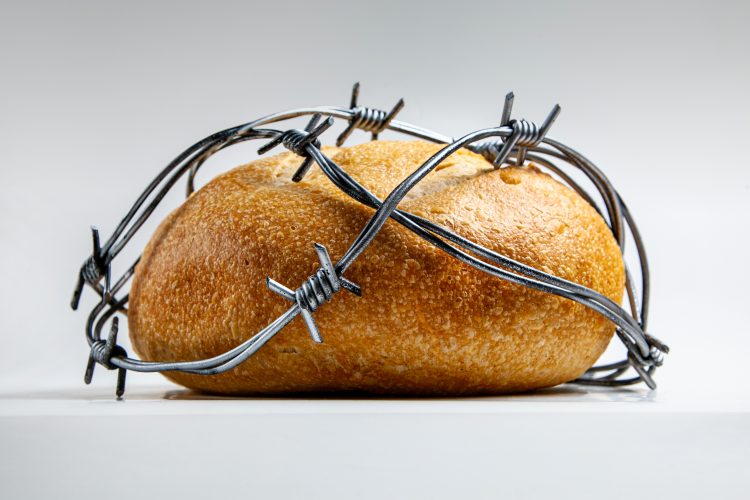US researchers help identify families at risk of food insecurity
- Like
- Digg
- Del
- Tumblr
- VKontakte
- Buffer
- Love This
- Odnoklassniki
- Meneame
- Blogger
- Amazon
- Yahoo Mail
- Gmail
- AOL
- Newsvine
- HackerNews
- Evernote
- MySpace
- Mail.ru
- Viadeo
- Line
- Comments
- Yummly
- SMS
- Viber
- Telegram
- Subscribe
- Skype
- Facebook Messenger
- Kakao
- LiveJournal
- Yammer
- Edgar
- Fintel
- Mix
- Instapaper
- Copy Link
Posted: 25 August 2022 | New Food | No comments yet
Not every family is the same, and identifying which families are at risk of food insecurity is not always easy for healthcare professionals, but new research is trying to change this.


Millions of families in the US are at risk of food insecurity, but how do we identify them?
A new study identified multiple risk factors, including high utility bills, employment hardship, and medical hardship, that may lead to food insecurity among mothers of young children, according to researchers at University of Texas Health Science Centre Houston.
Food security was defined by the researchers as the measure of the availability of food to an individual, or family, and their ability to access it.
Using what is known as the latent class analysis method, which created profiles of families to help predict who would be at risk for food insecurity, investigators determined five class profiles: high utility and medical hardship (Class 1); high housing and employment hardship, high substance use, and incarceration (Class 2); high housing and medical hardship, poor health, and health care (Class 3); high employment hardship and low income (Class 4); and low-risk (Class 5).
Will the invasion of Ukraine spark a global food insecurity crisis?
“What these profiles show is it’s not a one-and-done deal,” said Daphne Hernandez, PhD, associate professor at Cizik School of Nursing and corresponding author on the study.
“We were seeing that some people were having food insecurity concerns because they had medical hardships and housing hardships,” said Hernandez, the Lee and Joseph Jamail Distinguished Professor in the School of Nursing.
“Sometimes people think if you’re unemployed, you’re at risk. Well, there’s other forms of hardship that result from the unemployment, such as not being able to pay your medical bills, not able to pay your electricity and gas bills, that put you at risk for food insecurity.”
The researchers conceded that although paediatrician offices do a two-item screener to see if families are at risk or experiencing food insecurity or food hardships, identifying these additional risks can help clinicians identify food insecurity, according to the researchers.
“Not every family looks the same,” Hernandez said. “So, these risk profiles could help paediatricians identify families that are at risk for food insecurity that may have been more reluctant to answer those questions for fear that their child will be taken away because they’re admitting that they’re not able to feed their child.”









